Related Research Articles

Cabell Calloway III was an American jazz singer and bandleader. He was a regular performer at the Cotton Club in Harlem, where he became a popular vocalist of the swing era. His niche of mixing jazz and vaudeville won him acclaim during a career that spanned over 65 years.

Jazz fusion is a popular music genre that developed in the late 1960s when musicians combined jazz harmony and improvisation with rock music, funk, and rhythm and blues. Electric guitars, amplifiers, and keyboards that were popular in rock and roll started to be used by jazz musicians, particularly those who had grown up listening to rock and roll.
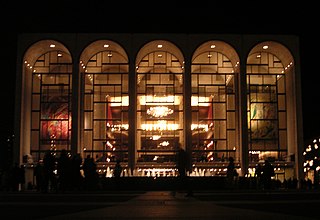
The music of New York City is a diverse and important field in the world of music. It has long been a thriving home for popular genres such as jazz, rock, soul music, R&B, funk, and the urban blues, as well as classical and art music. It is the birthplace of hip hop, garage house, boogaloo, doo wop, bebop, punk rock, disco, and new wave. It is also the birthplace of salsa music, born from a fusion of Cuban and Puerto Rican influences that came together in New York's Latino neighborhoods in the 1960s. The city's culture, a melting pot of nations from around the world, has produced vital folk music scenes such as Irish-American music and Jewish klezmer. Beginning with the rise of popular sheet music in the early 20th century, New York's Broadway musical theater, and Tin Pan Alley's songcraft, New York has been a major part of the American music industry.
Maryland is a U.S. state with a musical heritage that dates back to the Native Americans of the region and includes contributions to colonial era music, modern American popular and folk music. The music of Maryland includes a number of popular musicians, folk styles and a documented music history that dates to the colonial archives on music from Annapolis, an important source in research on colonial music. Famous modern musicians from Maryland range from jazz singer Billie Holiday to pop punk band Good Charlotte, and include a wide array of popular styles.
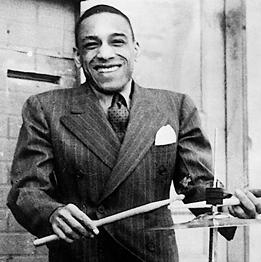
William Henry "Chick" Webb was an American jazz and swing music drummer and band leader.

Paul Laurence Dunbar Chambers Jr. was an American jazz double bassist. A fixture of rhythm sections during the 1950s and 1960s, he has become one of the most widely-known jazz bassists of the hard bop era. He was also known for his bowed solos. Chambers recorded about a dozen albums as a leader or co-leader, and over 100 more as a sideman, especially as the anchor of trumpeter Miles Davis's "first great quintet" (1955–63) and with pianist Wynton Kelly (1963–68).

Robert Hutcherson was an American jazz vibraphone and marimba player. "Little B's Poem", from the 1966 Blue Note album Components, is one of his best-known compositions. Hutcherson influenced younger vibraphonists including Steve Nelson, Joe Locke, and Stefon Harris.

Gary Bartz is an American jazz saxophonist. He has won two Grammy Awards.

Freddie Redd was an American hard-bop pianist and composer. He is best known for writing music to accompany The Connection (1959), a play by Jack Gelber. According to Peter Watrous, writing in The New York Times: "Mr. Redd hung out at jam sessions in the 1950s and played with many of the major figures, Sonny Rollins to Art Blakey, and worked regularly with Charles Mingus. When things got tough, he just moved on, living in Guadalajara, Mexico, and in Paris and London."

Jazz music has a long history in Australia. Over the years jazz has held a high-profile at local clubs, festivals and other music venues and a vast number of recordings have been produced by Australian jazz musicians, many of whom have gone on to gain a high profile in the international jazz arena.
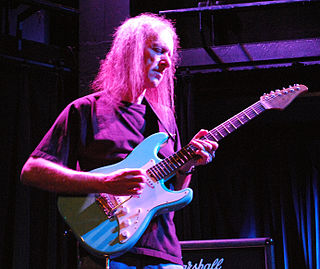
Scott Henderson is an American jazz fusion and blues guitarist best known for his work with the band Tribal Tech.
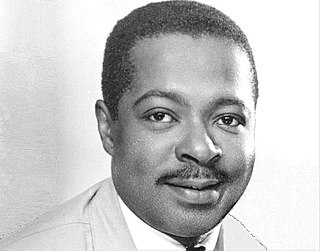
Wynton Charles Kelly was an American jazz pianist and composer. He is known for his lively, blues-based playing and as one of the finest accompanists in jazz. He began playing professionally at the age of 12 and was pianist on a No. 1 R&B hit at the age of 16. His recording debut as a leader occurred three years later, around the time he started to become better known as an accompanist to singer Dinah Washington, and as a member of trumpeter Dizzy Gillespie's band. This progress was interrupted by two years in the United States Army, after which Kelly worked again with Washington and Gillespie, and played with other leaders. Over the next few years, these included instrumentalists Cannonball Adderley, John Coltrane, Hank Mobley, Wes Montgomery, and Sonny Rollins, and vocalists Betty Carter, Billie Holiday, and Abbey Lincoln.

Curtis DuBois Fuller was an American jazz trombonist. He was a member of Art Blakey's Jazz Messengers and contributed to many classic jazz recordings.
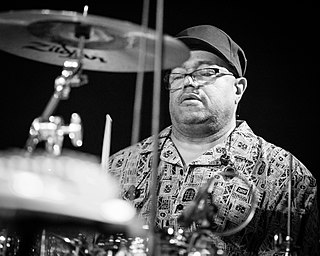
Dennis Milton Chambers is an American jazz fusion drummer. He was inducted into the Modern Drummer Hall of Fame in 2001.
The music of Baltimore, the largest city in Maryland, can be documented as far back as 1784, and the city has become a regional center for Western classical music and jazz. Early Baltimore was home to popular opera and musical theatre, and an important part of the music of Maryland, while the city also hosted several major music publishing firms until well into the 19th century, when Baltimore also saw the rise of native musical instrument manufacturing, specifically pianos and woodwind instruments. African American music existed in Baltimore during the colonial era, and the city was home to vibrant black musical life by the 1860s. Baltimore's African American heritage to the start of the 20th century included ragtime and gospel music. By the end of that century, Baltimore jazz had become a well-recognized scene among jazz fans, and produced a number of local performers to gain national reputations. The city was a major stop on the African American East Coast touring circuit, and it remains a popular regional draw for live performances. Baltimore has produced a wide range of modern rock, punk and metal bands and several indie labels catering to a variety of audiences.

Joe Chambers is an American jazz drummer, pianist, vibraphonist and composer. He attended the Philadelphia Conservatory for one year. In the 1960s and 1970s, Chambers gigged with many high-profile artists such as Eric Dolphy, Charles Mingus, Wayne Shorter, and Chick Corea. During this period, his compositions were featured on some of the albums on which he appeared, such as those with Freddie Hubbard and Bobby Hutcherson. He has released fifteen albums as a bandleader and been a member of several incarnations of Max Roach's M'Boom percussion ensemble.
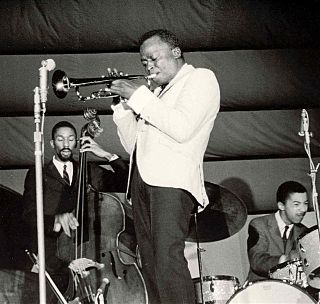
The Miles Davis Quintet was an American jazz band from 1955 to early 1969 led by Miles Davis. The quintet underwent frequent personnel changes toward its metamorphosis into a different ensemble in 1969. Most references pertain to two distinct and relatively stable bands: the First Great Quintet from 1955 to 1959, and the Second Great Quintet from late 1964 to early 1969, Davis being the only constant throughout.
Tracy McCleary, was the leader of the Royal Men of Rhythm and a prominent part of the Baltimore jazz scene. The Royal Men of Rhythm was the house band at the Royal Theater, the premier African American music venue in Baltimore at that time. McCleary took the position from Rivers Chambers.

Collectors' Items is a 1956 studio album by Miles Davis. There are two sessions collected on the album with largely different musicians. The first 1953 session is "Compulsion", "The Serpent's Tooth" and "'Round About Midnight". The second 1956 session is "In Your Own Sweet Way", "Vierd Blues" and "No Line". The personnel for the first session were Davis, Sonny Rollins and Charlie Parker on tenor sax, Walter Bishop on piano, Percy Heath on bass and Philly Joe Jones on drums. For the second session, the tenor sax was Rollins alone, the piano was Tommy Flanagan, the bass Paul Chambers and Art Taylor on drums.
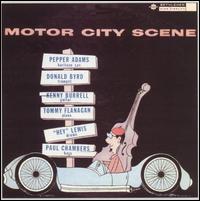
Motor City Scene, also released as Stardust, is an album by American saxophonist Pepper Adams and trumpeter Donald Byrd, recorded in 1960 and released on the Bethlehem label as BCP 6056 featuring Byrd and Adams with Kenny Burrell, Tommy Flanagan, Paul Chambers, and Louis Hayes. It is not to be confused with the identically titled 1959 Thad Jones album on United Artists Records that also featured Tommy Flanagan and Paul Chambers, along with Al Grey, Billy Mitchell, and Elvin Jones.
References
- Schaaf, Elizabeth. "The Storm Is Passing Over". Peabody Institute. Retrieved March 23, 2008.